Real Estate Transactions: The “As-Is” clause and the duty to disclose
What does the “As-Is” clause really mean in a Purchase Agreement when buying real estate in California?
The “as-is” clause is standard language in boilerplate real estate purchase agreements like the California Association of Realtors (CAR) Residential Purchase Agreement (RPA). This agreement states, for example, that “the Property is sold […] ‘AS-IS’ in its PRESENT physical condition[.]”
Sometimes sellers will use “as-is” language or similar waivers to attempt to protect themselves from defects with the property. However, the “as-is” clause does not relieve a seller from their duty to disclose.
California goes to some lengths to make the seller responsible for disclosure, including requiring a 3-page “Transfer Disclosure Statement” for property sales. The duty of disclosure is explicitly established by the California Civil Code: the seller must “disclose any fact materially affecting the value and desirability of the property” (Civ. Code §1102.1). In fact, our purchase agreement example, the RPA, states just below the “as-is” clause that the seller must “DISCLOSE KNOWN MATERIAL FACTS AND DEFECTS affecting the Property[.]”
However, if you were to write a contract that explicitly attempted to waive disclosure, it would not be upheld by California state or federal law. As a California case in 1932 made clear, “It is settled beyond doubt, manifestly on sound grounds of justice, that a seller cannot escape liability for his own fraud or false representations by the insertion of provisions” in a contract of sale (Simmons v. Ratterree Land Co. (1932), 217 Cal. 201, 204).
This assertion rests on California Civil Code section 1668: “All contracts which have for their object, directly or indirectly, to exempt anyone from responsibility for his own fraud, or wilful injury to the person or property of another, or violation of law, whether wilful [sic] or negligent, are against the policy of the law.”
In short, an “as-is” clause or other waiver cannot be used to hide property defects from a buyer. An amusing illustration of this principle is the case of Smith v. Richards before the U.S. Supreme Court in 1839: the seller of the Goochland “gold” mine wrote to the buyer that “I, however, sell [the mine] for what it is—gold or snowballs—and I leave it to you to decide whether you will take it at my price or not.” The purchase was concluded based on this correspondence, and thus the seller alleged that this “absolved [him] from all liability,” since he made no representation about the presence or absence of gold in the mine. (Smith v. Richards (1839) 38 U.S. 26)
Of course, the fact that the seller provided supposed specimens of gold from the mine to induce the sale did not help his case. However, in addition to the willful fraud, this case was complicated by the distance of the sale: along with the duty to disclose, the buyer must also make reasonable provisions to inspect the property themselves (“shall make use of his own eyes,” as quoted in the decision from Pickering v. Dowson). In this case, being “several hundred miles” away, the buyer could not inspect the property and relied on the truth of the seller’s statements. The court determined that, fraudulent samples of ore aside, the seller had a duty to truthfully represent the property, and could not waive this duty with an appeal to snowballs (though the court didn’t quite put it this way).
The moral of this story is that you should not allow waivers in a contract to convince you that you have no recourse if you discover hidden defects with your real estate purchase. If you feel that the seller was negligently or willfully hiding a defect, you may have a case for damages on the basis of their duty to disclose. Let the knowledge and experience of the attorneys at Greenacre Law help you determine whether you have a case today.
For more on non-disclosure, see our 4-part series, starting with “Nondisclosure 1: Duty to Disclose.”
WHAT IS A QUIET TITLE ACTION?
They say that possession is 9/10ths of the law, but when it comes to real estate, we might say that title is 9/10ths. Ensuring that a title is valid and that there are no conflicting claims to ownership of a property is crucial to any sale of real estate, especially since land changes hand often and the historical paper trail is not always cut and dry.
A quiet title action essentially seeks to determine the actual owner of a property. Specifically, a quiet title action, so called because the suit is mean to “quiet” dispute over a property, is a lawsuit in which one party attempts to negate a claim of interest on a property by another party or eliminate ambiguity regarding real property: the plaintiff asks the court to void the defendant’s claim to a piece of real estate, settle boundary disputes, or even correct errors in a property’s chain of title. Sometimes a quiet title action is brought together with other remedies, such as damages.
An instrument (a formal legal document) that proposes a potential or actual claim of partial or complete ownership of a property that may conflict with the plaintiff’s claim is a “cloud,” and a suit to remove a cloud seeks to negate the document, fraudulent or otherwise, that poses a threat to the plaintiff’s claim. A quiet title action may sometimes be used to remove a “cloud,” and thus is sometimes used interchangeably with a “suit to remove a cloud,” although the specific goals of the two actions are slightly different.
California’s Code of Civil Procedure also includes a little-known provision that the court may not enter a default judgment in a quiet title suit but must instead hear evidentiary testimony. To ensure that the quiet title action is valid, and because even judges are sometimes unaware of this provision, it is important that a real estate attorney notify the court that this hearing must be held. This hearing must be held in open court where the plaintiff and defendant may participate and present evidence, even if the defendant had not previously participated in case. These highly specific requirements are to ensure a proper judgment, given the importance and irreversibility of the judgment (2011 WL 6318525 Cal.App. 4th Dist. 2011). Because the rules of California civil procedure are so precise, it is incumbent upon the real estate attorney him or herself to ensure that the court knows and follows all required provisions and does not hastily grant a default judgment that won’t hold up if challenged. In addition, the plaintiff must prove claim to the title not merely by a “preponderance of evidence,” the burden in most civil cases, but rather by “clear and convincing proof” (Evid. Code §662).
In general, if the plaintiff proves their case, there are two outcomes: if the claim to the title is the result of fraud, the deed will be canceled or fall into recission; if the claim to the title was the result of a mistake, the deed will most likely fall into recission. (In other words, legally speaking, it will be as if the defendant’s claim to the title and any documents to that effect never existed.)
If you are involved as a plaintiff or defendant in a quiet title action in California, it is definitely the right time to hire a real estate attorney. These actions are complex, and we have only covered the basics in this short article. Gomez & Simone is highly experienced in this field of law and would be happy to set up a consultation to assess your particular needs.


